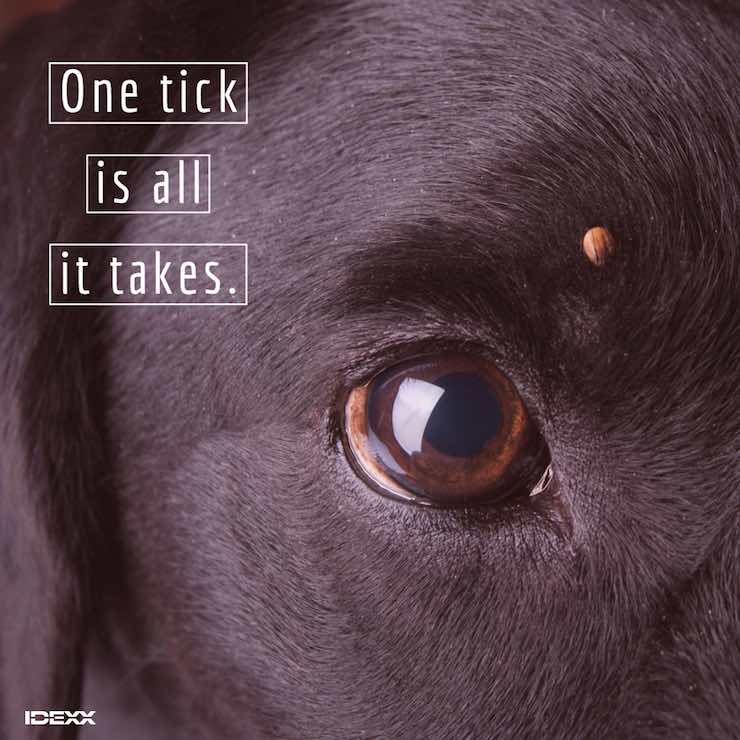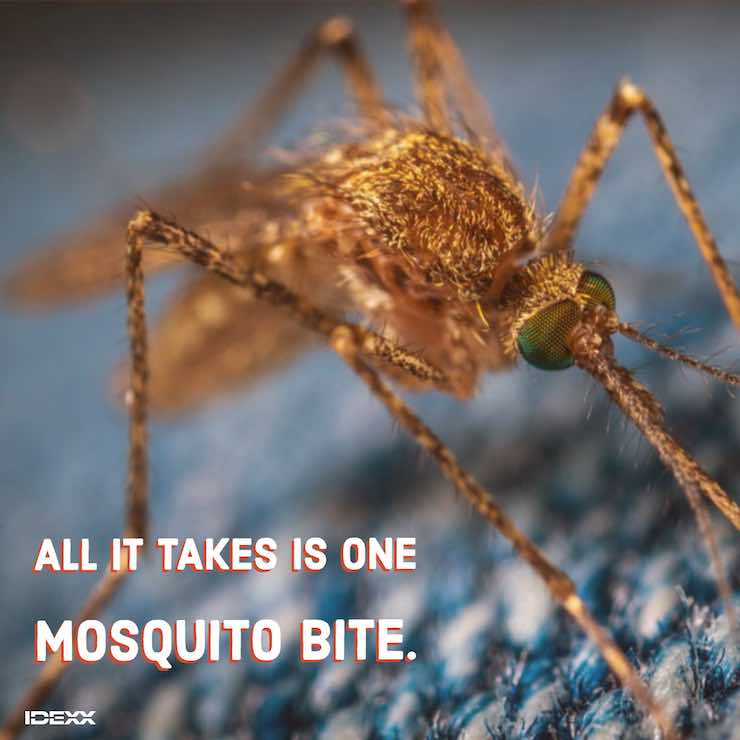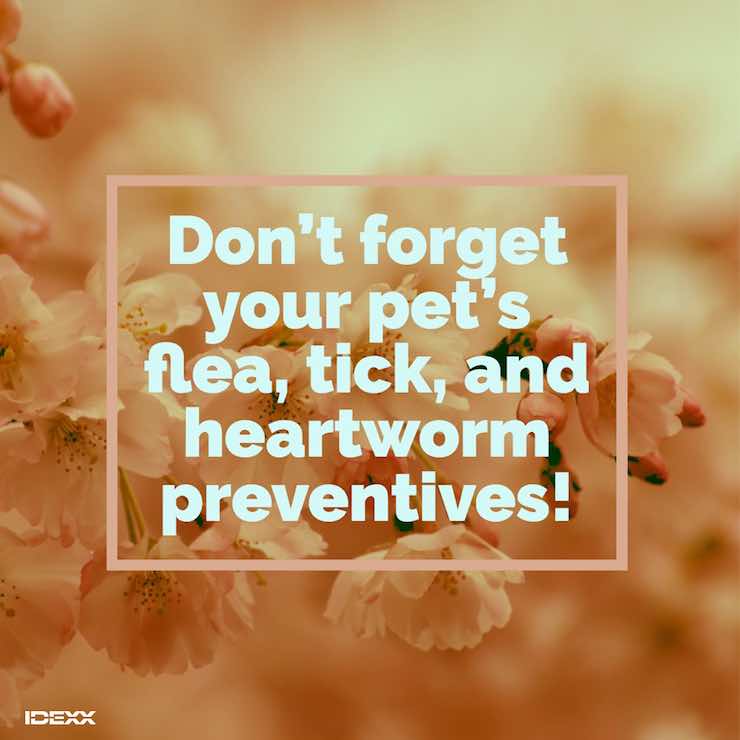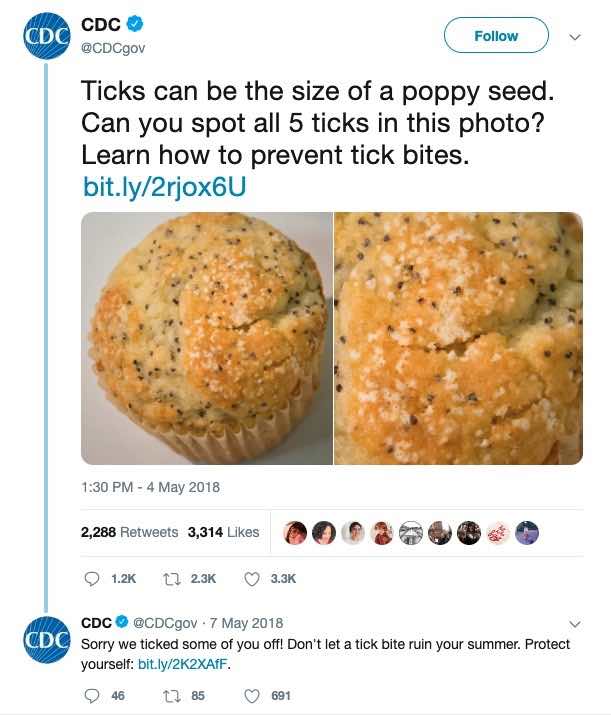Vector-Borne Diseases: Help Educate Your Clients Through Social Media


No matter where you live in the United States, vector-borne diseases are a threat to the patients your practice cares for. Despite the risks that vector-borne diseases pose, it can be challenging to get clients on board when it comes to prevention and screening for exposure. But social media can help!
We've created four posts you can download and share via your practice's social media accounts, and included tips to help you get the most out of your social media activity.
1. Educate
Your clients have likely heard of Lyme disease and Heartworm disease, but do they understand that it's ticks and mosquitoes that are exposing their pets to vector-borne diseases?


2. Raise Awareness
Ticks put your clients' two- and four-legged family members at risk. The reminder that ticks are a danger to the whole family might be just the nudge they need.

3. Remind
In the hustle and bustle of everyday life, it can be easy for even the most dedicated pet owner to forget to give their dog or cat their monthly does of preventives or to bring their pet in to be screened annually. This is where you come in: Use social media posts as reminders.

4. Break Through the Noise
Social media feeds are cluttered spaces. To succeed, you need to create eye-grabbing posts that will snag your clients' attention. This Twitter post from the CDC went viral last year, and for good reason!

Keys to Social Media Success
When you put time and energy into creating social media posts, you want to make sure they're working hard for you. Here are a few things to focus on to get the most out of the information you share.
Frequency: Social media platforms like Facebook and Instagram use algorithms to determine how many of your followers will see your posts. Because all of your followers won't see each of your posts, make a plan to share multiple posts about vector-borne disease.
Screen annually for vector-borne diseases with the SNAP 4Dx Plus Test
Performance: Once you've started sharing posts about vector-borne disease, keep an eye on how they're performing. Pay attention to the posts that are getting the most likes, shares, and comments. These are strong indicators that the information in these posts resonates with your followers. Keep sharing this kind of information with them.
Hashtags: These are especially important on Instagram. Using hashtags helps people who don't follow your account see your posts.
Worrying where you'll find the time to create all of these posts from scratch? The good news is you don't have to! These reputable social media accounts regularly share posts about vector-borne disease:
- The Companion Animal Parasite Council's Facebook page
- The American Heartworm Society's Facebook page







